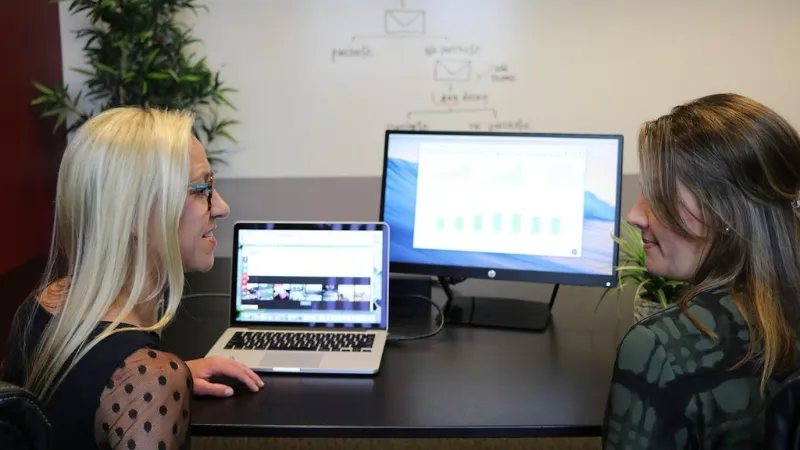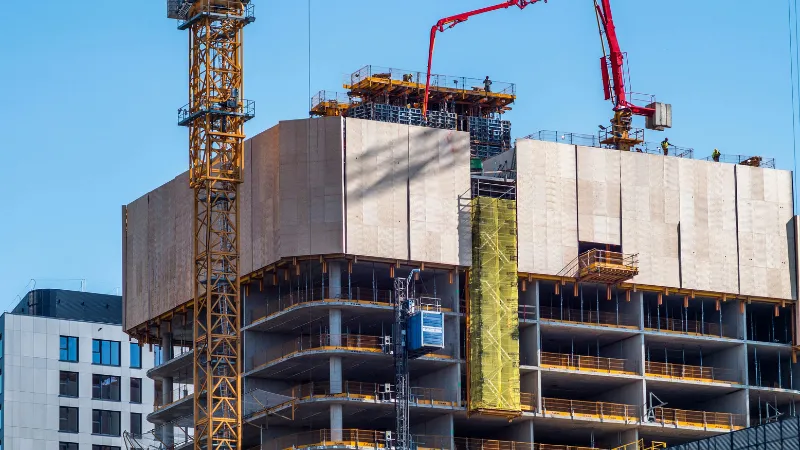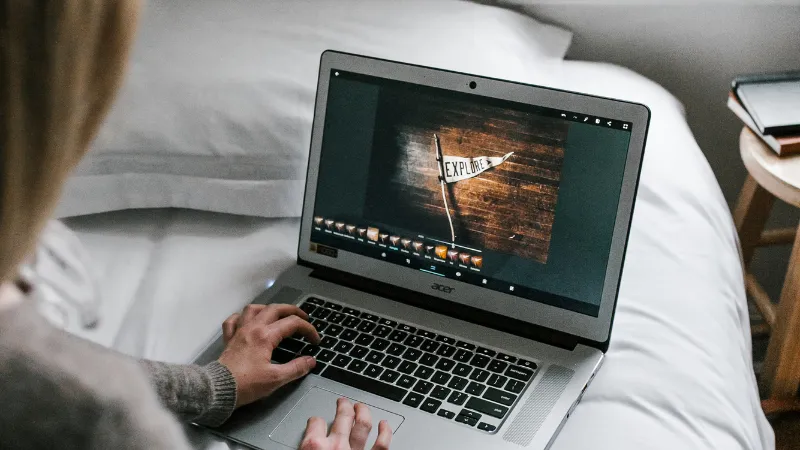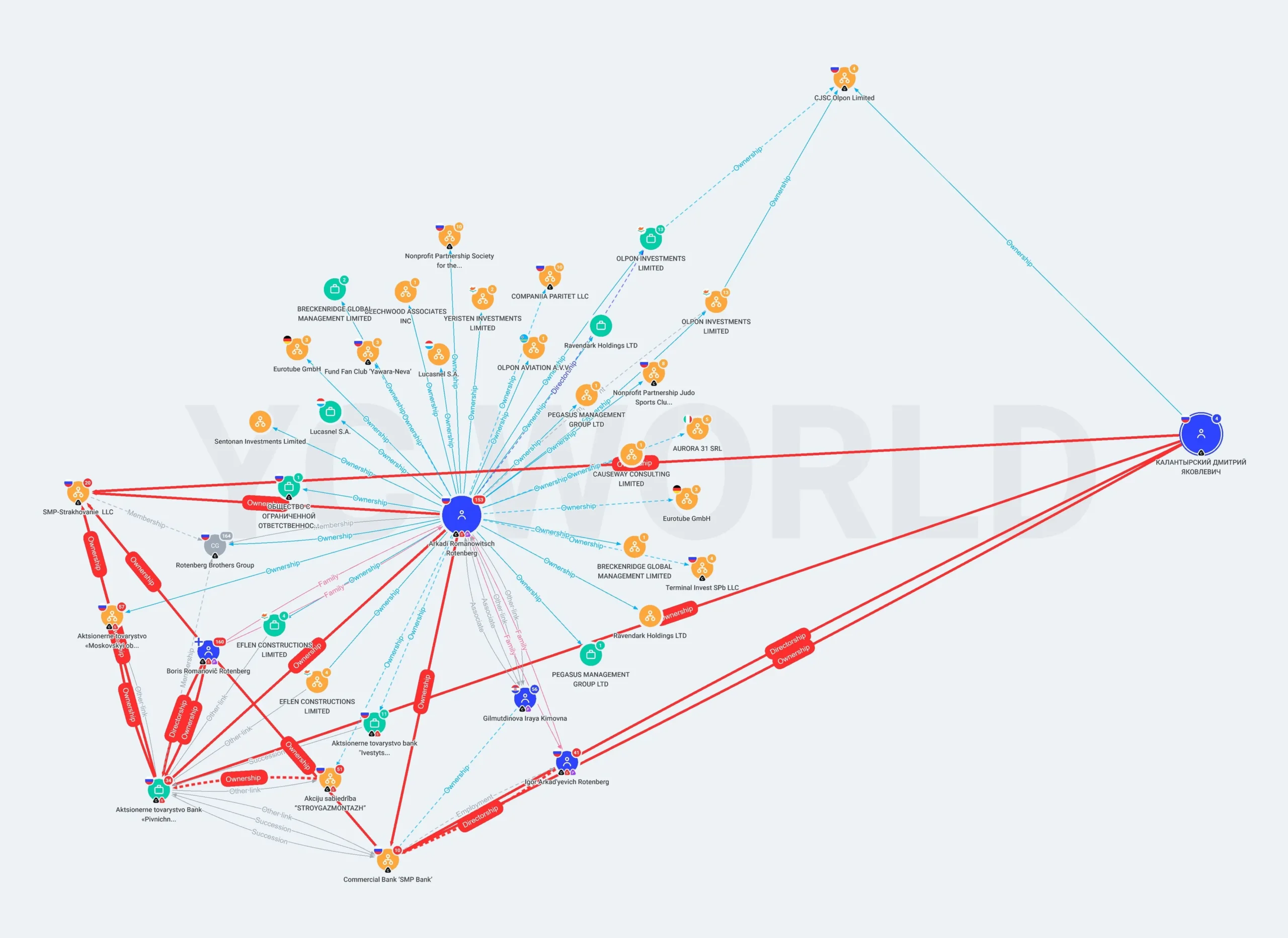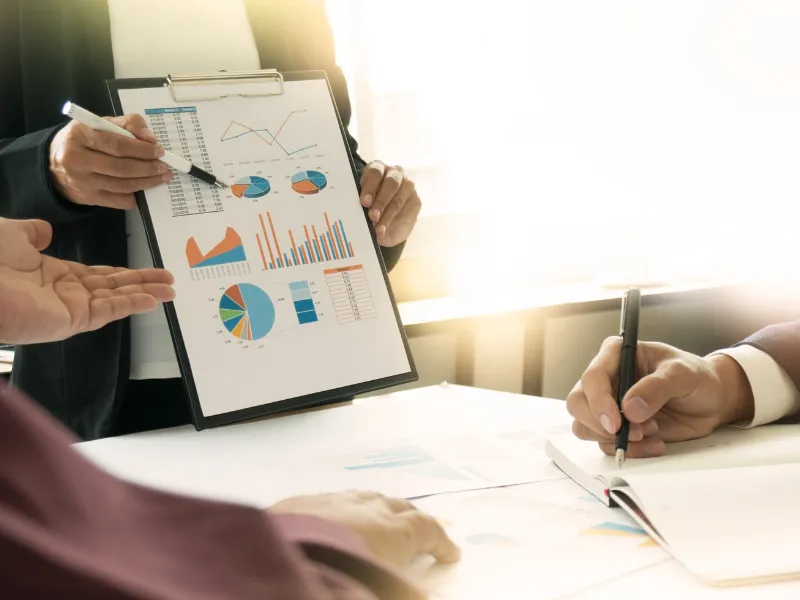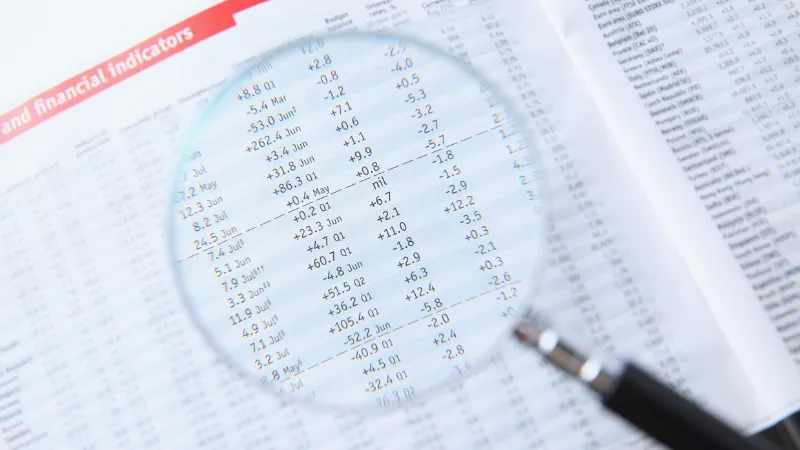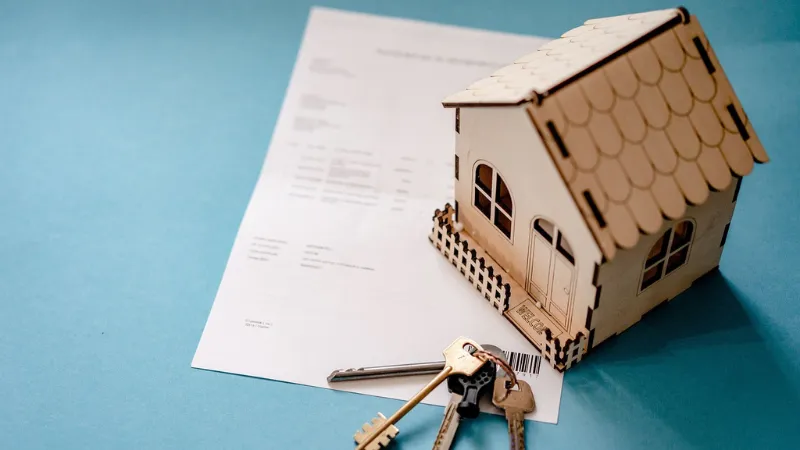How To Become A Licensed Pilot: The 111-Hour Path To Your CPL License
Nov 19, 2025 | By Team SR
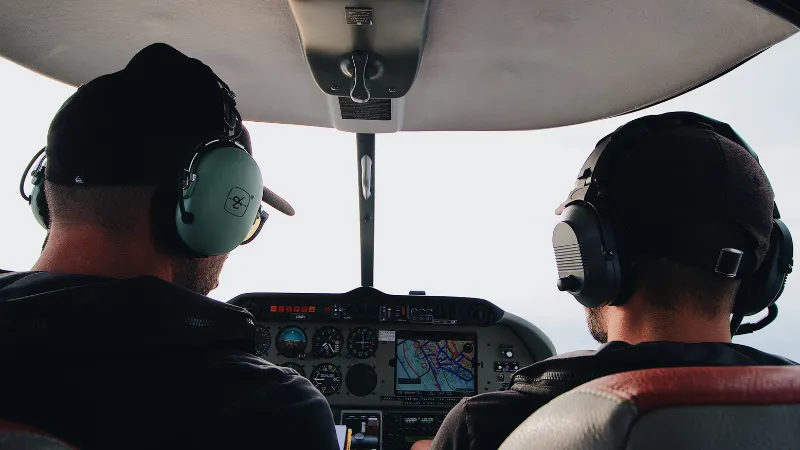
Most people think earning your CPL license requires 250 flight hours. Flight school websites list it. Online forums repeat it. Even some instructors mention it as the standard timeline.
But that's only half the story. The FAA offers two certification paths: Part 61 requires 250 hours, while Part 141 can require as few as 190 hours with integrated training. Some schools have pushed this even further with highly structured programs reaching 111 hours. Same commercial pilot certificate. Same career opportunities.
The CPL license you earn through an accelerated Part 141 program holds identical value to one earned in 250 hours. Airlines don't distinguish between them. Yet thousands of aspiring pilots follow the longer path because they don't know alternatives exist. Here's what it takes to become a commercial pilot in 2025.
Understand What A CPL License Really Means
A CPL license isn't just permission to fly for money. It's your entry ticket to every professional aviation job, from flight instruction to cargo operations to airline cockpits.
The certificate allows you to act as pilot in command of an aircraft for compensation. Without it, you can fly recreationally with a private pilot license, but you cannot legally accept payment for your services.
Most pilots view the CPL as the bridge between hobbyist and professional. It proves you can handle aircraft to commercial standards: tighter tolerances on maneuvers, better decision making under pressure, and advanced navigation skills.
The training focuses on precision. Your steep turns must maintain altitude within 100 feet. Your landings happen within a specific touchdown zone. These aren't arbitrary standards; they reflect what airlines and charter operators expect from their pilots.
Once you hold a CPL license, you can build flight hours as a paid pilot while working toward ATP certification and airline positions.
Meet The Requirements Before You Start
Understanding how to be a licensed pilot starts with knowing what the FAA requires before you begin CPL license training. You can't skip these prerequisites.
Here's what you need:
- Be at least 18 years old
- Hold a valid second-class medical certificate
- Read, speak, write, and understand English fluently
- Hold a private pilot license with instrument rating
- Pass the FAA written knowledge test
The private pilot license is non-negotiable. You need those foundational skills before tackling commercial maneuvers. The instrument rating requirement exists because commercial pilots operate in all weather conditions, not just clear skies.
Your medical certificate proves you meet physical and mental standards for commercial operations. This is more rigorous than the third-class medical required for private pilots. Conditions like certain medications, vision issues, or cardiovascular concerns can complicate approval.
Most students working toward their CPL license complete their private license and instrument rating first, then transition directly into commercial training.
Choose Part 141 Over Part 61
The FAA offers two paths to your CPL license: Part 61 and Part 141. Most pilots don't realize the difference until they've already committed to the longer route.
Part 61 is the traditional path. It requires 250 flight hours minimum and offers flexibility in how you structure training. You can train at your own pace, switch instructors, and take breaks without penalty.
Part 141 schools operate under strict FAA oversight with approved curriculums. The structure cuts flight hour requirements significantly. Some programs get students from zero experience to CPL license in as few as 111 hours.
The tradeoff is rigidity. Part 141 programs follow specific lesson plans with defined objectives. You can't skip around or customize your training sequence. Progress happens through structured stages with required checkpoints.
For students serious about how to be a licensed pilot quickly, Part 141 makes financial sense. Fewer flight hours mean lower costs and faster entry into paid flying jobs.
Master Ground School Efficiently
Ground school teaches the theory behind every maneuver you'll perform in the air. It's not optional preparation; it's where you learn the aerodynamics, regulations, and systems knowledge the FAA tests before issuing your CPL license.
Topics covered include:
- Advanced aerodynamics and aircraft performance
- Commercial flight operations and regulations
- Weather theory and meteorology
- Navigation and flight planning
- Aircraft systems and powerplant operations
- Human factors and aeronautical decision making
Most Part 141 programs integrate ground school with flight training rather than separating them. You learn a concept in the classroom, then apply it in the aircraft within days. This reinforcement speeds up comprehension and retention.
The FAA written exam covers all these topics with 100 questions. You need a 70% to pass, but serious students aiming for how to be a licensed pilot professionally should target 85% or higher. Airlines review test scores during hiring.
Ground school typically takes 6 to 8 weeks in an accelerated program.
Log Your 111 Flight Hours Strategically
Flight hours aren't just about time in the air. The FAA breaks down your CPL license training into specific categories, and you must meet minimums in each before taking your checkride.
Part 141 programs structure these hours deliberately. You'll log solo time, cross country flights, night operations, and instrument training in a specific sequence. Each flight builds on previous lessons rather than randomly accumulating hours.
The 111-hour breakdown typically includes 20 hours of instrument training, 10 hours of complex aircraft time, and multiple solo cross-country flights exceeding 100 nautical miles. Night flying accounts for another portion with specific takeoff and landing requirements.
Every flight has defined objectives. You're not just practicing; you're demonstrating proficiency in commercial maneuvers like chandelles, lazy eights, and steep spirals. Your instructor signs off each stage before you progress.
Students learning how to be a licensed pilot through this structured approach waste less time repeating lessons and reach checkride standards faster.
Pass The CPL Checkride Confidently
The CPL license checkride is where everything comes together. It's a full day evaluation split into two parts: an oral exam testing your aeronautical knowledge and a flight test demonstrating your piloting skills to commercial standards.
The oral exam lasts 2 to 3 hours. The examiner asks about aircraft systems, weather decision making, regulations, and emergency procedures. They're not looking for perfect memorization; they want to see how you think through problems and make sound decisions under pressure.
The flight portion tests every commercial maneuver you've trained for. Steep turns within 100 feet of altitude. Power off 180-degree accuracy landings. Emergency procedures executed without hesitation. One mistake won't fail you, but consistent performance below standards will.
Students who understand how to be a licensed pilot professionally treat the checkride as a job interview. Your examiner evaluates whether you're safe enough to carry passengers for hire. Preparation and confidence matter more than perfection.
Here's the section in 150 words with cost table:
Calculate Costs And Launch Your Career
The biggest question aspiring pilots ask isn't about flight hours or training complexity. It's about cost. Earning your CPL license requires significant investment, but understanding the breakdown helps you budget realistically and avoid surprises.
| Expense Category | Estimated Cost |
| Ground School | $2,000 - $3,500 |
| Flight Training (111 hours) | $15,000 - $20,000 |
| Aircraft Rental | Included in flight training |
| Instructor Fees | Included in flight training |
| FAA Written Exam | $175 |
| FAA Checkride Fee | $800 - $1,000 |
| Books & Materials | $500 - $800 |
| Total Estimated Cost | $18,475 - $25,475 |
Part 141 programs cost less than Part 61 because you're flying fewer hours. The faster timeline also means less money spent on living expenses during training.
Once you hold your CPL license, you can work as a flight instructor building hours while earning income. Most pilots teaching how to be a licensed pilot to students accumulate the 1,500 hours needed for airline positions within 18 to 24 months.
Conclusion
Earning your CPL license doesn't require years of training or excessive flight hours. Part 141 programs prove that structured, intensive training gets pilots to commercial standards faster and more affordably.
The path is straightforward: meet the prerequisites, complete ground school, log your flight hours strategically, and pass the checkride. Each step builds the skills airlines expect from professional pilots.
Understanding how to be a licensed pilot means knowing which training route saves time and money. The 111-hour program exists, but most aspiring pilots never learn about it.
Your aviation career starts with the decision to pursue efficient, quality training. The faster you earn your certificate; the sooner you're building hours and getting paid to fly.


 Follow us
Follow us Follow us
Follow us